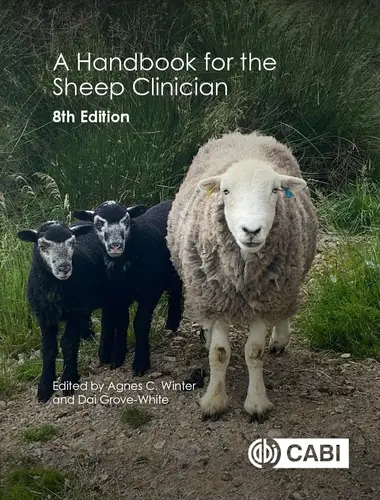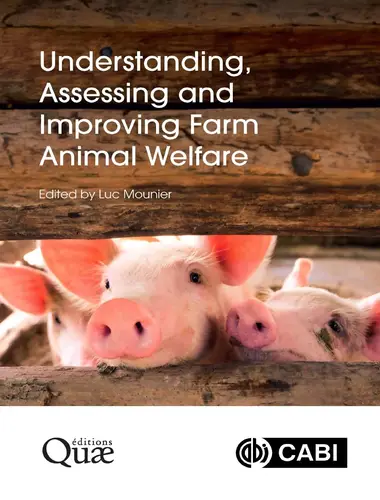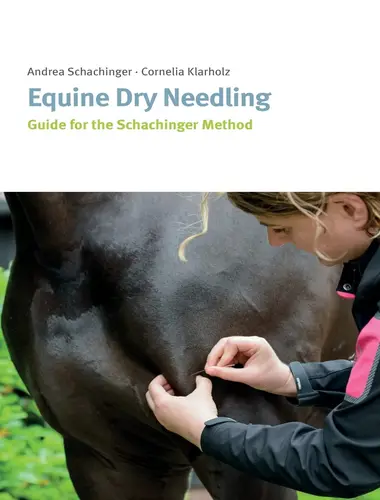Equine-Assisted Mental Health Interventions: Harnessing Solutions to Common Problems
Equine-assisted mental health is a relatively new mental health discipline. Kay Trotter explained this to me (Jennifer Baggerly) while at a networking banquet. In 2006, Kay completed her doctoral research dissertation on the efficacy of equine-assisted group counseling with at-risk children and adolescents.
Equine-Assisted Mental Health Interventions: Harnessing Solutions to Common Problems

Since literature in the field was lacking, Kay made an important contribution in her 2012 edited book entitled Harnessing the Power of Equine Assisted Counseling: Adding Animal Assisted Therapy to Your Practice. Yet, just like the early years of life in a child, growth in equine-assisted mental health was rapid—becoming more and more sophisticated over the past six years. Since Kay was so excited by this rapid development, I encouraged her to make another contribution to the field by editing a book with the most prominent equine-assisted mental health professionals in the world. She did not look happy by my suggestion until I offered to lend my experience at editing mental health, primarily play therapy, books.
A perfect partnership was born. Kay is an equine expert. I serve as an editing expert. Kay knows how to join with horses to move clients’ burdens and souls. I know virtually nothing about horses except for the few trail rides I have been on, but I am a counselor who is willing to be creative in helping my clients. We wanted to edit a book that appeals to both the expert equine-assisted mental health counselor and the seasoned counselor who is open to partnering with an equine practitioner to help their clients in new and innovative ways.
This book on common problems begins with an ethical and theoretical framework. Ethically, each chapter author clearly respects the value and dignity of horses and clients. The ethical guidelines of various professional equine interaction associations are followed to ensure the safety of both horses and clients. Theoretical counseling approaches are explained in each chapter and vary from psycho dynamic to behavioral to Gestalt to Rogerian, depending on the author. This theoretical underpinning increases the quality and mental health professionalism in a way that seems to be missing from other books. Practical descriptions of how to implement treatment strategies are also provided in each chapter. Most chapters offer a case example with sample transcripts to provide a clearer understanding of treatment strategies.
[expand title=” “]
[/expand]
Password: pdflibrary.net






